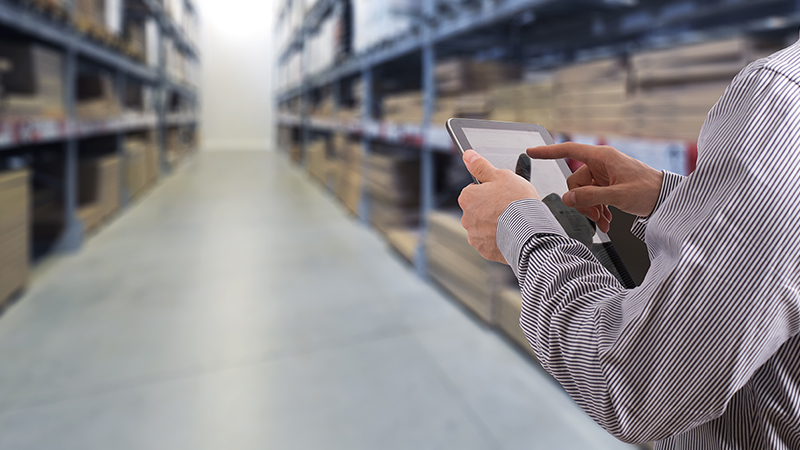Manufacturing is going digital—and Cisco thinks that it’s also a good idea to make it sustainable. ABI Research recently released a report that states there will be more than 4 million robots in more than 50,000 warehouses worldwide by 2025. That’s up from just 4,000 robotic warehouses in 2018.
Robotic supply chain is a trend certainly on the rise. Right now, bots are mainly used to move products from one area to the other. Companies like Amazon are using them to fulfill orders and get packages out on time. But the continual digitization of warehouses leaves opportunity to make drastic improvements in the supply chain. Deloitte names a few of these improvements, including speed and accuracy of operations, reduced risk of employee injury, reduced error, and the collection and analysis of machine data.
See also: CHILL Labs host blockchain brainstorm
Cisco is focusing on another improvement—a crucial one—that makes digitized warehouses the preferred way of the future: sustainability. The company’s supply chain team is working with their manufacturing partners to make sure we are saving energy in our warehouses.
Cisco has set some ambitious, but necessary goals—one being avoiding 1 million metric tons of GHG emissions in our supply chain from FY12 to FY20.
“We also design our packaging to minimize weight and volume, maximizing transportation efficiency and reducing material use,” writes John Kern, SVP, Supply Chain and Christian Bigsby, VP Operations, “So far, we have avoided more than 910,000 metric tons of supply chain-related emissions, putting us well on track to achieve our 2020 goal.”
See also: Robots among us
Teams are also looking into how to make use of a circular economy, keeping resources in use for the maximum amount of time. The company recently created the Circular Economy Executive Change Network, allowing senior thought leaders to collaborate and ideate on how to make their companies more sustainable. Another one of Cisco’s goals is to reduce the use of virgin plastic.
“We must align to programmatically and functionally drive towards our aspirational goals,” says Lisa Brady, Director of Supply Chain Sustainability & Circular Economy, “Such as decreasing the use of virgin plastic by 20 percent by 2025 (FY18 baseline) and incorporating circular design principles into all new Cisco products by 2025.”
Cisco is committed to circularity in supply chain, using cross-functional collaboration and technology to make it happen. All of this is possible through the digitization of factory activity.
###
We welcome the re-use, republication, and distribution of "The Network" content. Please credit us with the following information: Used with the permission of http://thenetwork.cisco.com/.




